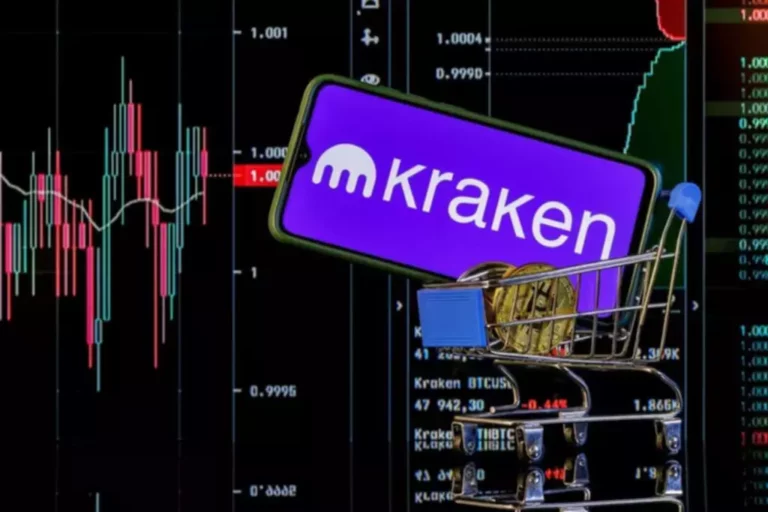Content
Additionally, the metaverse fosters social interactions and virtual communities, allowing audiences to better connect, collaborate, and share experiences. This enables new creative avenues for content creators and increases revenue. Innovative storytelling and narratives using VR also drive fan engagement and enable experiential marketing. Virtuosi VR is a US-based startup that offers interactive educational experiences for the life sciences industry. The Cryptocurrency wallet startup’s on-demand digital learning solution uses VR-based video, graphics, and picture-in-picture video to offer courses.
A short history of the metaverse

The example of Sandbox metaverse not only shows the potential of https://www.xcritical.com/ metaverse for gaming but also for virtual real estate. Virtual environments like the Sandbox enable the purchase and sale of virtual real estate through the use of cryptocurrencies. Furthermore, users could also create, purchase, and trade digital assets or go on virtual trips to various virtual spaces. From a general perspective, the metaverse brings endless possibilities restricted only by the imagination of users. You can think of the metaverse as a virtual world that serves as an extension or an enhanced version of the real world.
Understanding the seven layers of the Metaverse
Metaverse is supposed to provide users with an experience rather than just information and data. Investing and building virtual assets would build a new digital economy integrated with the real one. However, the past year and a half of metaverse pitches—from tech giants and startups alike—have relied heavily on lofty visions that break from reality. Stories about scarce “real estate” in meta universe crypto “the metaverse” refer to little more than a buggy video game with virtual land tokens (which also glosses over the very real security and privacy issues with most popular NFTs right now). In essence, it is a universe of limitless, interconnected virtual communities where people can socialize, collaborate, and have fun using virtual reality headsets, augmented reality glasses, smartphone apps, and other technologies.
Consider a blended reality experience
The next frontier of digital innovation is the Metaverse, an idea that has gained a lot of traction recently. It is a 3D virtual world that combines artificial intelligence (AI), augmented reality (AR), virtual reality (VR), and Internet of Things (IoT) technology to allow users to interact with digital items and settings in real-time. The Metaverse offers a new level of interaction, design, and management within the built environment of the AEC industry (Chang et al., 2024; Uddin et al., 2024). Epic Games, the creator of Fortnite, has become one of the leading companies behind the evolution of the metaverse. In 2020, the company hosted a number of events, including virtual concerts with Travis Scott and Ariana Grande, and an art show with the artist Kaws, all within Fortnite.
E-wallets and cryptocurrencies make transactions for businesses simpler
No, it is not a game, however, gaming could be a small part of this digital ecosystem. Just like gaming, it is a digital world that you can enter and exit anytime you want. The only difference is, Metaverse is not just for entertainment purposes, it has far more potential than that.
You can think of the metaverse as a cyberspace, or an evolved, three-dimensional internet where logging in isn’t necessary. Nvidia Omniverse, launched in 2022 and purpose-built for developing applications in the metaverse, has been heralded as shaping the future of 3D and the metaverse itself. By integrating 3D design, spatial computing and physics-based workflows, the real-time platform enables the creation of digital twins for factories, warehouses, products and other infrastructure. It also streamlines the creation of 3D-related media for entertainment and product demos and enterprise media content, which in turn can be rendered on computers, smartphones and extended reality devices.
The use of HCI in creating the Metaverse — specifically, how to integrate user activities into the virtual world — is crucial to attaining this objective. Digital storefronts, virtual gaming, or even entertainment can be interacted with on virtual land. For instance, plots near a VR street may be worthwhile because of the potential for display advertisements.
One can also upload their photo and turn that into a 3D avatar with customizable hairstyles and outfits. More than 4 million users tried out the Burrito Builder during the first week, and more than 17 million have played it since then. Starbucks Odyssey is a beta version, so it’s available only for a small number of waitlist users.
It also serves as a social platform where users can make friends, chat with other players, and form group chats. While the internet is used primarily for browsing, the metaverse offers a more immersive experience where people can “live” to a degree in virtual spaces. The growth of the internet has spawned many services that are shaping the metaverse. In 2003, computer programmer and entrepreneur Philip Rosedale and his team at Linden Labs launched Second Life, an online platform for creating immersive, persistent, user-created virtual worlds. The idea of the digital twin, or a virtual counterpart of something that exists in real life, was first shared in 1991 by David Gelernter in his book Mirror Worlds.

Web 3.0 aims to decentralize the internet by moving away from centralized servers and platforms controlled by a few large companies, giving users greater control over their digital assets and interactions. Blockchain is a key technology, providing the infrastructure for decentralized applications and digital currencies. Interoperability enables different systems to exchange and use information, while cross-platform compatibility ensures that applications can run on different devices or platforms. Today, companies use the term metaverse to refer to many different types of enhanced online environments. These range from online video games like Fortnite to virtual workplaces like Microsoft Mesh or Meta’s Horizon Workrooms to virtual dressing rooms and virtual operating rooms. Rather than a single shared virtual space, the current version of the metaverse is indeed shaping up as a multitude of metaverses with limited interoperability as companies jockey for position.
Veyond Connect™ combines AI, machine learning, augmented reality, dynamic digital twin, and haptic feedback technologies to enable quality surgical training. The platform can also be used for live telemedicine consultations and remote collaboration between physicians. Rooom is an all-in-one solution for creating 3D, AR, and virtual reality experiences.
Developed as a game like GTA Vice City, it allowed users to access the digital world through their computers. However, the platform was not a game as it had no target, enemies, or motive. Metaverse will definitely take the business beyond just e-commerce and advertisement.
- Ready Player One shows us what a fully immersive and interactive virtual reality world could look like in the near future.
- In this sense, the Metaverse has the potential to develop into a potent platform for innovation and optimization rather than only a visualization tool.
- Cook and others said they anticipate businesses and entrepreneurs to identify new market opportunities as the metaverse continues to evolve and more people engage with and in it.
- Being an NFT owner is way more exciting when you can actually wear it and show it off right in the game.
- Initially built on the Ethereum blockchain, The Sandbox started migrating to the Polygon network to achieve faster transactions and reduce gas fees.
- There could be dozens of other technologies, consumer facing hardware and enterprise hardware for better interaction through the Metaverse.
In the real world, Meta is well on its way to create its own version of the OASIS called Meta Horizon. Users can access this virtual world through the Oculus Rift or the Oculus Quest 2 headgear. While in this expansive digital world, users can explore, play, create, and interact with other players. The OASIS is a place where anything can happen—“reality” is only limited by people’s imagination and anyone can be whoever they want to be. The metaverse, however, could solve for those limitations as it would allow for more lifelike engagement with others and through the use of haptic technology enable people to engage in a physical way with digital objects.
Being an NFT owner is way more exciting when you can actually wear it and show it off right in the game. Organizations can employ VR to consider the effects of different product design decisions. They can also build simulated prototypes to avoid the cost of creating physical ones.
Project Larix is a metaverse startup that develops a metaverse-based finance protocol on Solana. It leverages a dynamic interest rate model and capital-efficient risk management pools, including a broad selection of collateral types, crypto tokens, and stablecoins. The protocol’s pool-based collaterals and dynamic ratio optimizer enable instant loans at zero costs. Metaverse integration with live events and eSports will also introduce innovative gaming experiences and enhance spectator engagement, enabling connected gaming communities. The goal of this activation is to create a social hub to engage with Gen-Zers and nurture a new generation of football fans—a demographic the league has often struggled to attract. Similar to the fashion industry, the music and entertainment industry was one of the first adopters of metaverse marketing.


